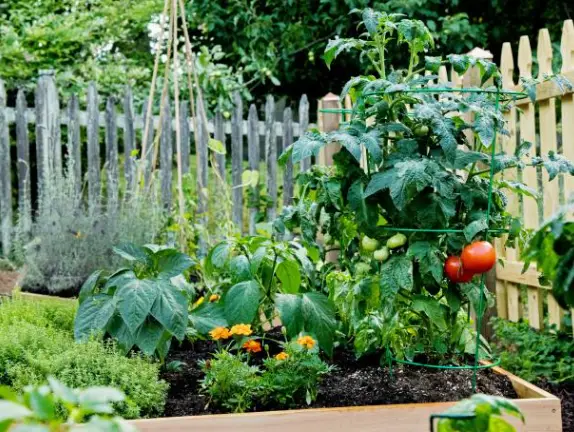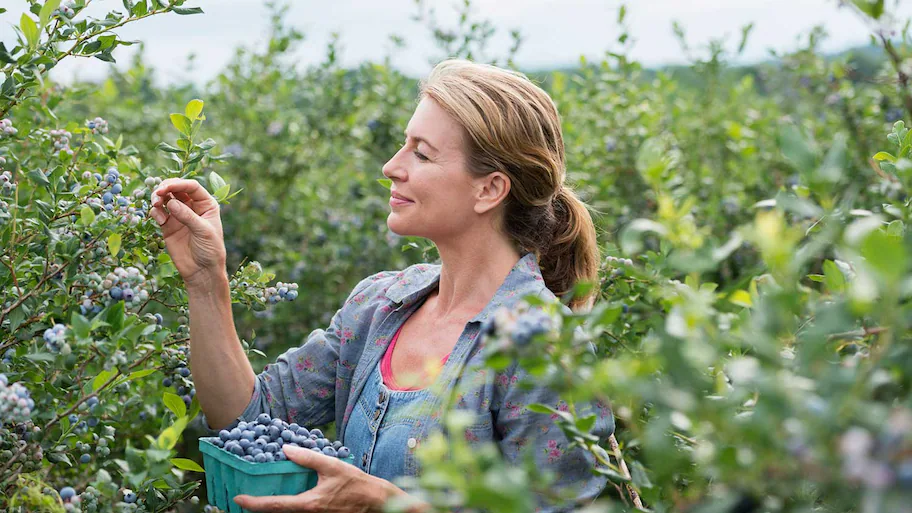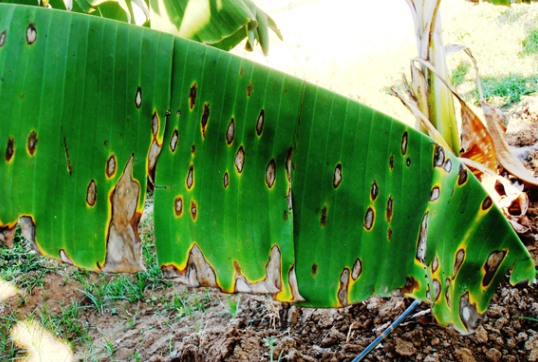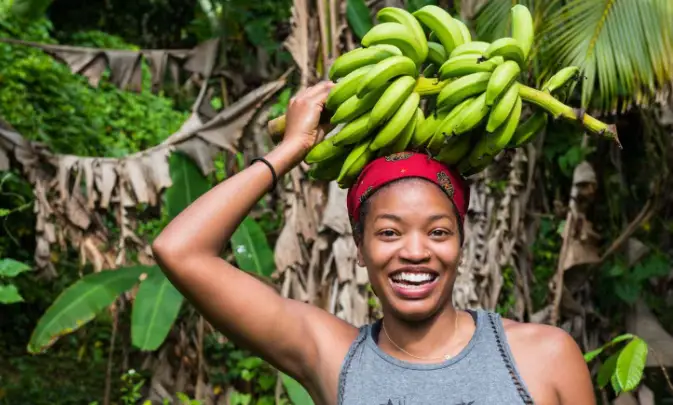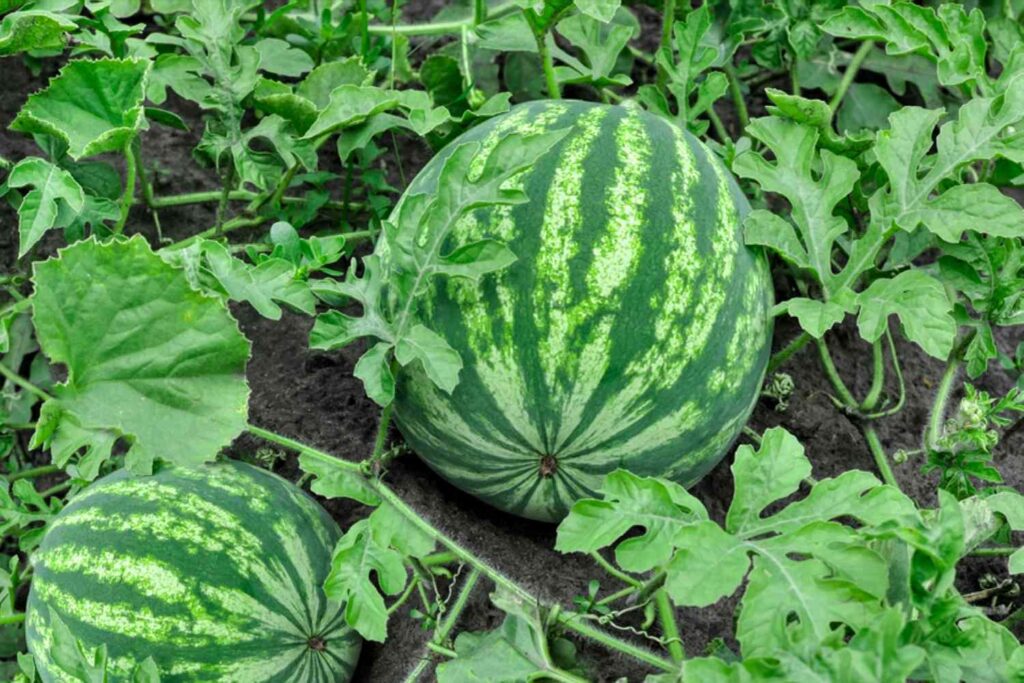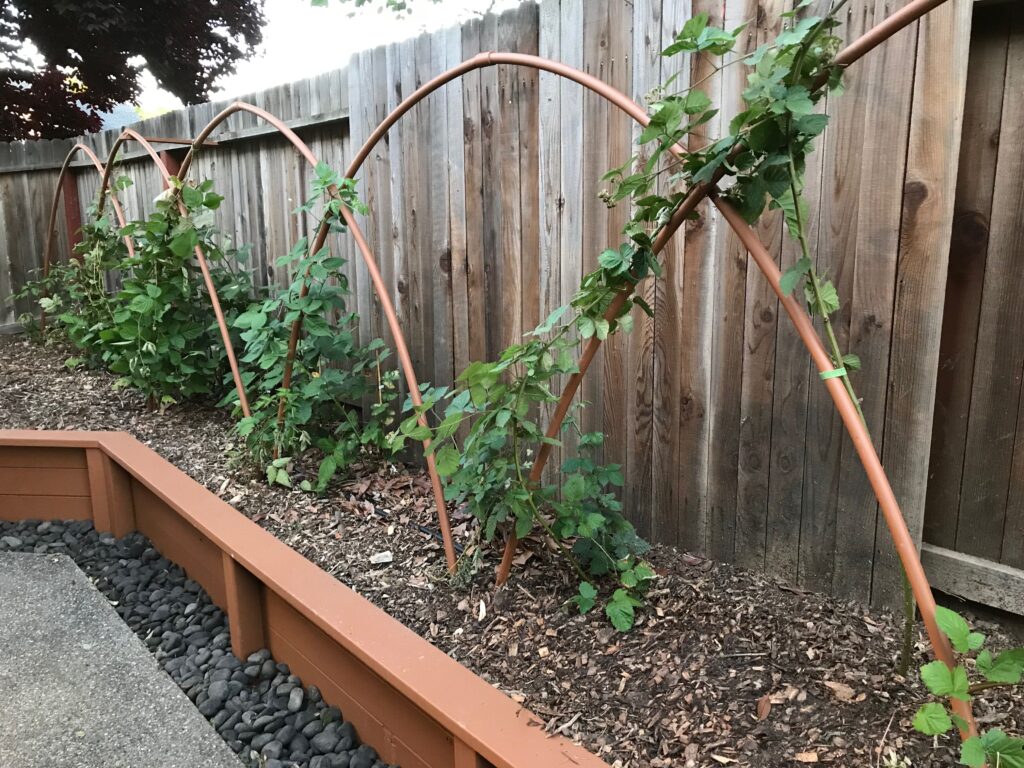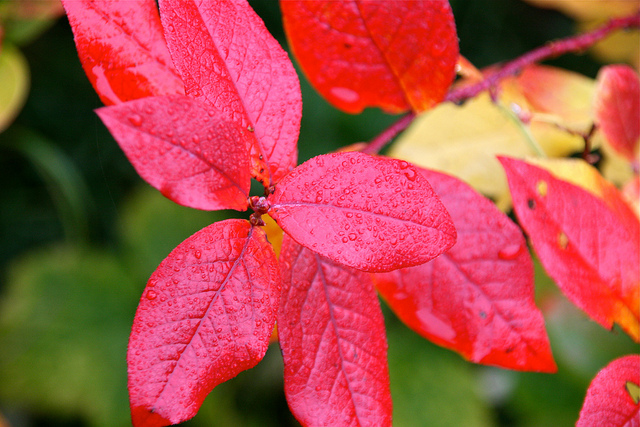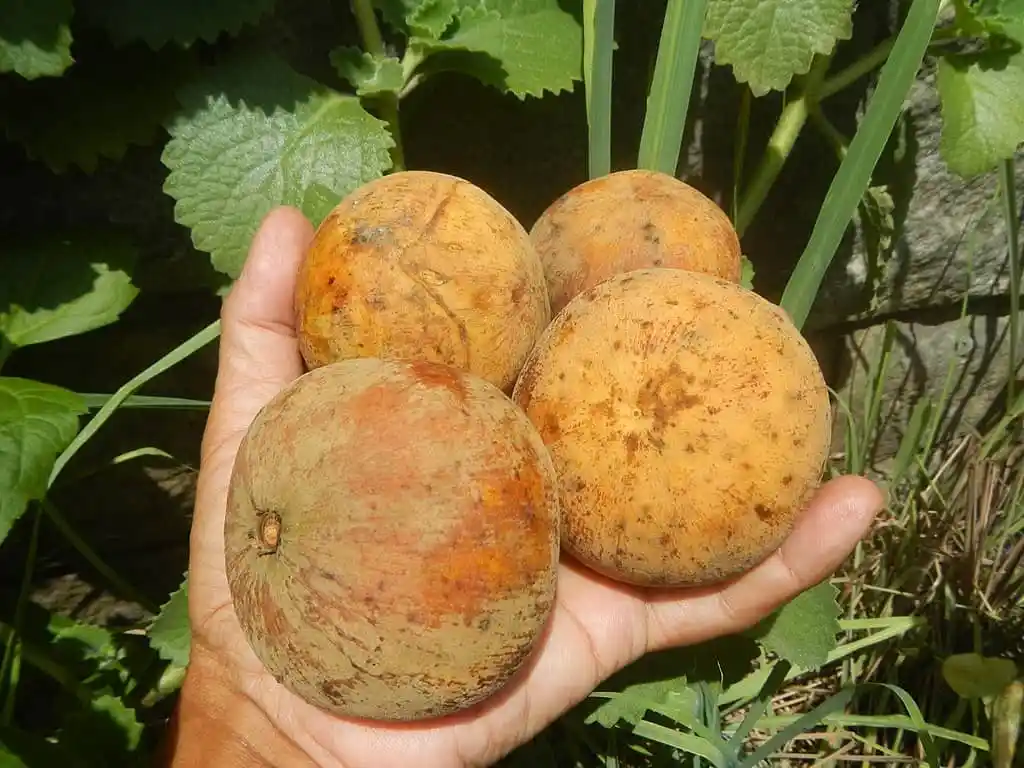If you love figs and have your own fig tree, but it’s not giving you fruit, you might be confused and a little upset. But don’t worry! We’re going to talk about the most likely things stopping your fig tree from bearing fruit and give you advice on how to fix those problems.
Table of Contents
- Understanding Why Your Fig Tree Lacks Fruits
- 1. Not Enough Sunlight
- 2. Issues with Watering
- 3. Not Getting Enough Food (Nutrients)
- 4. The Tree’s Age
- 5. Insects and Diseases
- 6. Cutting the Tree Wrong (Pruning Issues)
- 7. Problems with Pollination
- 8. Environmental Factors
- Frequently Asked Questions (FAQs)
- How long does it take for a fig tree to produce fruit?
- Can lack of sunlight affect fig tree fruit production?
- How often should I water my fig tree?
- Can pests and diseases affect fig tree fruit production?
- How can I improve fig tree pollination?
Understanding Why Your Fig Tree Lacks Fruits
There are quite a few reasons your fig tree might not be bearing fruit, like not enough sun, water problems, not getting the right food, being too young or too old, bugs and sickness, cutting it the wrong way, problems with pollination, and the weather. If you know what’s wrong, you can take steps to get those figs growing!
1. Not Enough Sunlight
Fig trees love the sun – they need it to make fruit. If your tree isn’t sitting in the sun for at least 8 hours a day, this could be the problem.
You can solve this by trimming any plants that are blocking the light from your fig tree. If there’s too much shade over your tree, find a way to let more daylight reach it.
2. Issues with Watering
Water is crucial for a fig tree to bear fruit. If the tree’s soil is either too dry or too soggy, it won’t fruit well.
Make sure the soil is slightly damp but not soaking wet to fix this. A good way to keep the soil just right is by spreading some mulch around the tree’s base.
3. Not Getting Enough Food (Nutrients)
Figs need specific nutrients to grow. If the soil doesn’t have enough nitrogen, phosphorus, or potassium, your tree might suffer.
To help your tree, you can mix some fertilizer into the soil around it. This will give it the extra boost of nutrients it needs.
4. The Tree’s Age
The age of your tree plays a big part in fruit production. Fig trees usually start to bear fruit when they’re about three years old.
If your tree is older and still not giving fruit, it might be past its prime fruit-bearing age. This could mean it’s time to plant a new fig tree.
5. Insects and Diseases
Sometimes, insects like fig beetles or diseases like fig rust can stop your tree from bearing fruit.
Check carefully for bugs or sick-looking parts on your tree. To fight off these pests or diseases, you can use soap meant to kill bugs or medicine for plants.
6. Cutting the Tree Wrong (Pruning Issues)
Pruning correctly is important for a healthy fig tree. If you cut it back at the wrong time or too much, it might not fruit.
Make sure you’re pruning your fig tree the right way and at the right time to avoid this problem.
7. Problems with Pollination
One special thing about figs is they don’t need bees to pollinate and make fruit. But if there isn’t enough pollen or the weather is bad, pollination might not happen, which can lead to no fruit.
You can try pollinating your fig tree by hand or help bring more pollinators to your garden to improve fruit production.
8. Environmental Factors
Your tree might also have trouble with the environment, like sudden changes in temperature or humidity, or damage from too much wind or other hard weather conditions.
You can protect your fig tree from things like this by giving it a shelter or shield against harsh weather.
